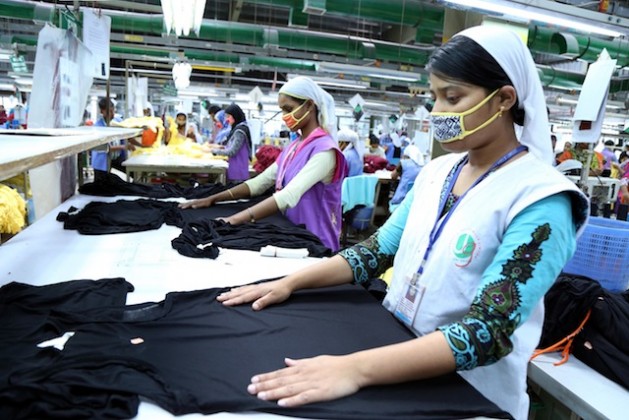ILO is building on its work to improve working conditions in the ready made garment sector by supporting efforts to develop a National Plan of Action for Occupational Safety and Health. ILO Bangladesh senior OSH advisor Alberto Cerda Mico (Spanish ILO expert) explains why this process is so important.
Why does Bangladesh need a National Plan of Action for OSH?
Bangladesh has made impressive progress addressing key OSH and working conditions issues in the garment sector over the last four years. However there is still much to be done to ensure that workplaces in every sector are safe. We wish to build on the OSH foundations created so far and involve all stakeholders to design and develop a comprehensive OSH policy and programme for the country. It is important that the progress made and lessons learned so far are applied to all economic sectors.
How will this be achieved?
ILO is promoting the engagement of all concerned ministries and stakeholders to define standards and policies so that stronger cooperation can be achieved among all partners. Better integration and coordination between key players will multiply impact and help ensure that in the long run, Bangladesh has a coherent and comprehensive OSH policy that covers the whole economy, including the informal sector.
Who is involved?
The Ministry of Labour and Employment and its National OSH Council are actively involved along with major employers’ organizations representing the RMG, construction, shrimp, leather and ship breaking industries. Workers’ organisations have participated fully while the Labour Inspectorate is playing a critical coordination role.
How long will it take to obtain results?
Results will be produced in the short, medium and long term according to the level of commitment and involvement of all concerned. Employers need to realise that OSH should not be seen as a cost but as an investment that will be paid back. This is vital to the sustainability of critical sectors. At the end of the day the entire society will ultimately benefit from this exercise.
What areas will the OSH policy cover?
The NPA will include measures and strategies to address workplace accidents and occupational diseases resulting. In the initial stage it will cover five priority sectors – RMG, construction, leather, shrimp and ship building. Strategic areas will include building OSH management capacity, the regulatory framework, enforcement, actions to manage specific risks and developing partnerships.
When will it be agreed?
Until middle of 2018 there will be discussions and hopefully there will be an agreement of major lines of the document among concerned parties so that it is adopted during the second half of next year.






Deja tu comentario